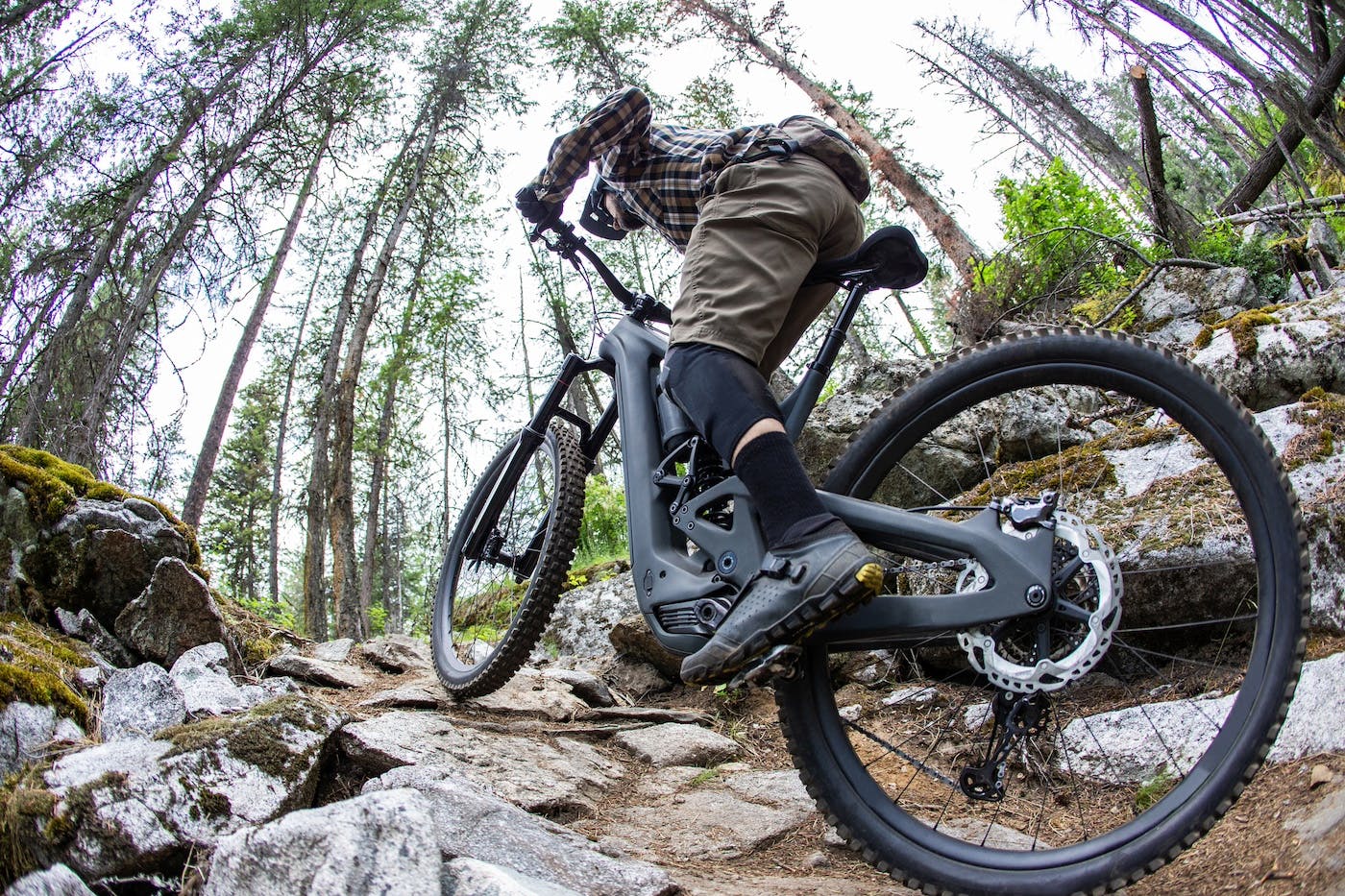California's Pines to Mines Trail Project Announces Decision Notice and Finding of No Significant Impact
By: Rachel Fussell, eMTB policy and program manager

The project will provide new recreation opportunities open to equestrian, pedestrian, bicycle, and Class 1 eMTBs use on National Forest System lands.
The Tahoe National Forest (TNF) prepared a Decision Notice/Finding of No Significant Impact (DN/FONSI) and final Environmental Assessment (EA) for the Pines to Mines Trail Project.
The TNF Pines to Mines Trail Project is a multi-use native surface recreational trail system connecting Nevada City and Truckee, California. The project will provide new recreation opportunities open to equestrian, pedestrian, bicycle, and Class 1 electric bicycle (Class 1 eMTB) use on National Forest System lands. The new trail system will total approximately 72 miles of natural surface trails and authorize the use of Class 1 eMTBs on all new and existing trails where traditional mountain bikes are already allowed within the project area.
Among other improvements, this project will:
- Designate approximately 52 miles of existing trail including segments of the Pioneer Trail (FS 09E11), Spaulding Lake Trail (FS 12E40), Grouse Ridge Trail (FS 13E28), Donner Lake Rim Trail (FS 15E75), and the Hole in the Ground Trail (FS 14E25) as part of the Pines to Mines Trail system
- Construct approximately 22 miles of new multi-use native surface trail to complete final trail system connections
- Designate the use of Class 1 eMTBss on new and existing trail segments within the Pines to Mines trail system that lie on National Forest System Lands or for which the TNF maintains management responsibility under existing easement or right of way
- Monitor to assess maintenance requirements, changes in use, or user impacts that could affect safety, additional infrastructure needs, or any evidence of user displacement;
- Update Trail Management Objectives (TMOs) to include Class 1 eMTBs as an additional managed use while maintaining the current non-motorized designed use objectives.
Concerning Class 1 eMTB use designation within the Pines to Mines Trail Project area, Forest Service staff carefully considered the redesignation from a broad range of perspectives to reach reasonable, fact-based conclusions. The research and analysis reviewed and presented in the environmental assessment and reports bring TNF staff to the conclusion that Class 1 eMTB use can be incorporated seamlessly into the Pines to Mines trail system.
“Class 1 mountain bikes simply do not represent a significantly different use than traditional mountain bikes. Long-standing research has shown that mountain bicycle impacts on native surface trails are comparable to existing non-motorized uses and that in fact, they produce less sediment yields than pedestrian and equestrian use (Wilson and Seney, 1994). Very early research on trail impacts from recreational use showed conclusively that impacts associated with produced force, measured in pounds per square inch, are significantly greater from equestrian and motorcycle use than impacts associated with the force produced by bicycles.
Class 1 mountain bikes are a close relative of traditional mountain bikes with similar structure, components, drive trains, braking systems, and overall functionality. Relative impacts to trails are similar to traditional mountain bikes (IMBA, 2015), and relative speeds, when measured on native surface trails, have not shown significant differences (Langford et al. 2015; Hall et al. 2015; Mitterwallner et al. 2015). An analysis of comparative speed data compiled on the existing trails proposed for inclusion in the Pines to Mines showed relative speeds among the top riders to be almost identical while among novice to intermediate riders, the differences showed Class 1 mountain bikes to be nominally faster (3-5 mph) when riding uphill but resulted in traditional mountain bikes to produce speeds equal to or faster than Class 1 mountain bikes on flat or downhill terrain (Brokaw, 2023).
Allowing Class 1 mountain bikes on trails and or trail sections that currently host significant mountain biking traffic is unlikely to negatively affect public health or safety in these areas. Allowing Class 1 mountain bikes on trails or trail sections that currently allow mountain bike use but which do not attract a high density of mountain bike users is unlikely to alter current patterns of use or significantly increase the density of that use. These trails tend to be rocky, technically difficult, difficult to access, and generally attractive to a minority of the user group. It is unlikely that Class 1 mountain bikes authorized as a new allowable user class in these areas will negatively affect public health or safety.”
Project information including the EA, detailed maps, and DN/FONSI is available for public review and can be found on the Tahoe National Forest project website.
Additionally, PeopleForBikes created a resource summarizing the TNF’s DN/FONSI:
Related Topics:
